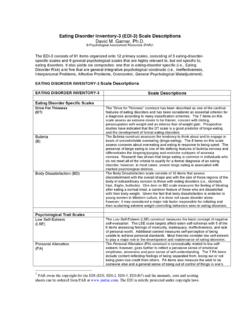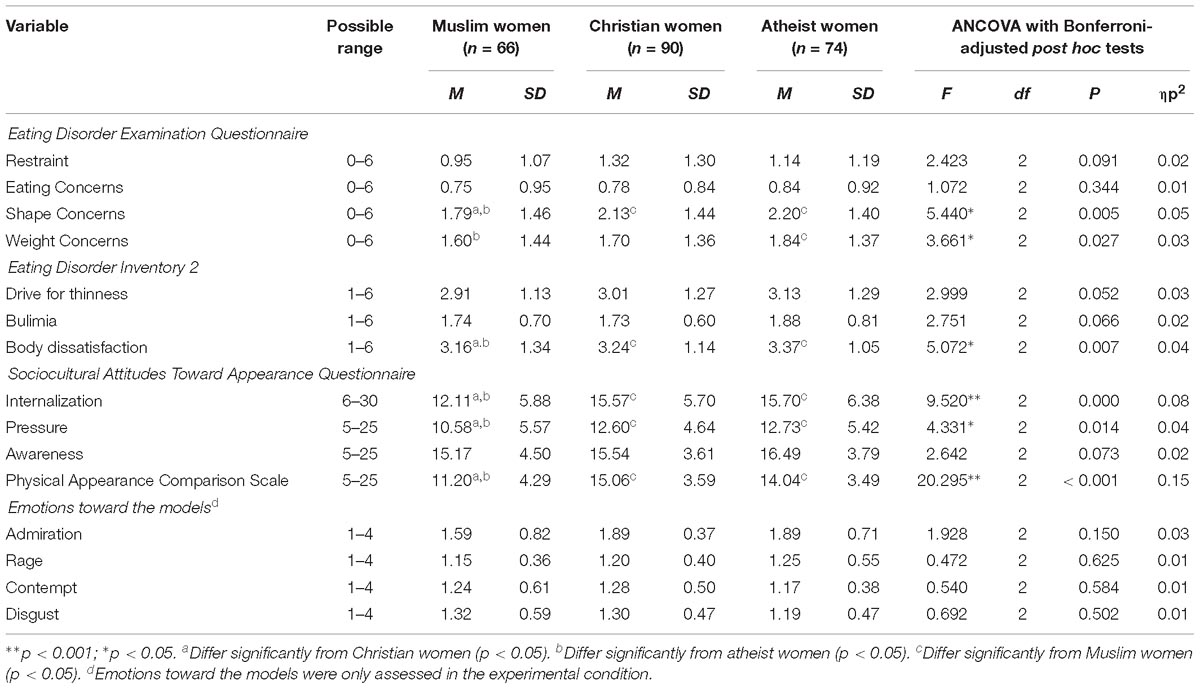
When mismanaged or untreated, feeding problems may become chronic, affecting day-to-day family functioning, and compounding the demands of raising a child with ASD.

Prevalence estimates suggest that a substantial proportion of children with ASD (e.g., 46–89% Ledford & Gast, 2006) display feeding problems, including oral/motor difficulties (e.g., chewing), food selectivity, and mealtime behavior problems. Of the difficulties associated with ASD, feeding problems stand out as being of particular social and biological significance. Parents of children with ASD are also challenged to address the wide range of developmental, cognitive, medical, and behavioral differences that commonly overlap and interact with ASD ( Bauman, 2010 Gillberg, 2011 Szatmari et al., 2015). ASD is characterized by core deficits in social communication skills, and the presence of repetitive or restricted behavior or interests ( American Psychiatric Association, 2013) that are associated with significant individual, familial, and societal costs ( Buescher, Ciday, Knapp, & Mandell, 2014). Conclusion These results provide evidence supporting the use of the identified BPFAS three-factor model for samples of young children with ASD.Īssessment, autism spectrum, eating and feeding disorders.Īutism spectrum disorder (ASD) is a heterogeneous neurodevelopmental condition, affecting approximately 1% of children ( Elsabbagh et al., 2012 Fombonne, Quirke, & Hagen, 2011).


Correlational analyses indicated that feeding problems were positively related to parent-reported autism symptoms, behavior problems, sleep problems, and parenting stress, but largely unrelated to performance-based indices of autism symptom severity, language, and cognitive abilities, as well as child age. Results The CEFA identified an acceptable three-factor model. Correlations were used to examine relations between the BPFAS and concurrent variables of interest.

None of the models was adequate, thus a categorical exploratory factor analysis (CEFA) was conducted. Methods Confirmatory factor analysis was used to examine the original BPFAS five-factor model, the fit of each latent variable, and a rival one-factor model. Objective The factor structure and validity of the Behavioral Pediatrics Feeding Assessment Scale (BPFAS Crist & Napier-Phillips, 2001) were examined in preschoolers with autism spectrum disorder (ASD).


 0 kommentar(er)
0 kommentar(er)
